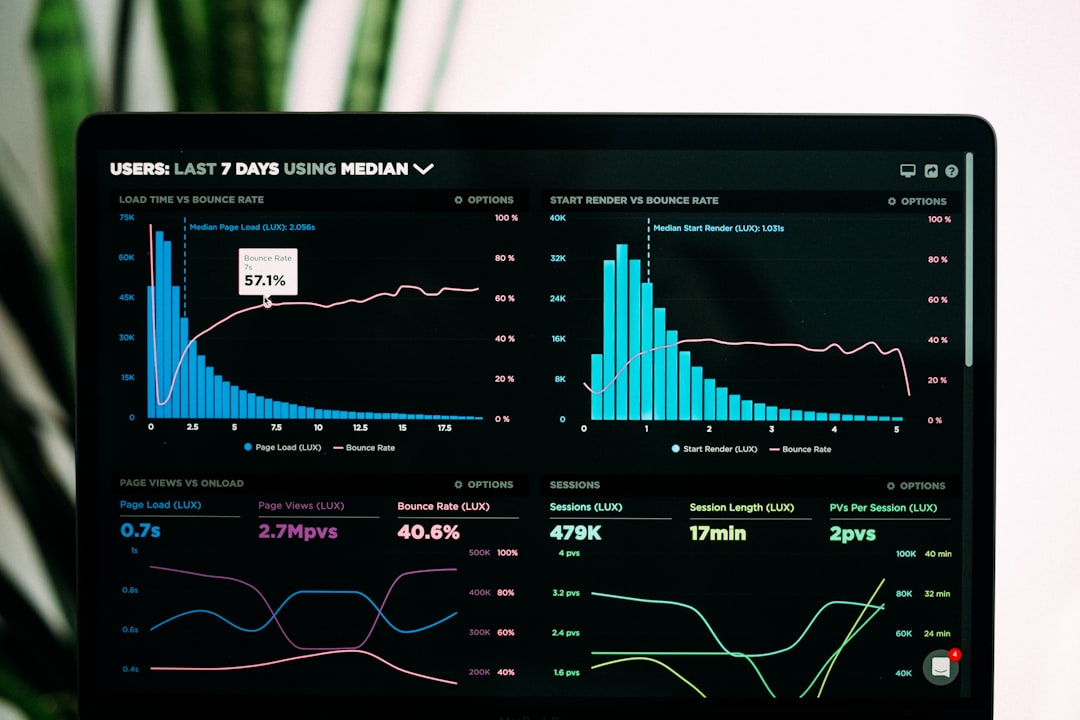Revenue Operations (RevOps) has evolved significantly over the past few years. As we head into 2025, high-performing organizations are realizing that traditional performance metrics like closed deals and conversion rates are no longer sufficient to drive alignment and long-term growth across sales, marketing, and customer success. Enter a new era of KPIs (Key Performance Indicators) designed to foster collaboration and create an accurate picture of business health across the entire revenue engine.
So, what does this new wave of KPIs look like? Let’s explore some of the most forward-thinking metrics for 2025 that are helping businesses keep every revenue team aligned, efficient, and accountable.
1. Revenue Velocity by Segment
Instead of measuring revenue growth as a whole, smart RevOps leaders are breaking it down by customer segment. Revenue velocity—the rate at which you generate revenue—gives clear insight into how quickly prospects move through your funnel depending on their size, industry, or geography. This KPI brings clarity to GTM strategies and helps allocate resources more effectively across segments.

To calculate Revenue Velocity:
- Revenue Velocity = (Number of Opportunities × Average Deal Size × Win Rate) / Sales Cycle Length
Knowing this per segment will highlight areas of friction and reveal top-performing personas or industries.
2. Time to First Value (TTFV)
TTFV is fast becoming one of the most important metrics for customer success and onboarding teams. It measures the time it takes a customer to realize their first impactful result after buying your solution. A short TTFV often leads to better user adoption, lower churn, and higher customer satisfaction.
This KPI unites post-sale and pre-sale teams by emphasizing what matters most: providing value quickly. It also encourages better qualification and commitment during the sales cycle to ensure seamless onboarding.
3. Customer Expansion Efficiency
With market conditions increasingly pushing businesses to grow from within, Customer Expansion Efficiency is a new KPI that evaluates how effectively your company generates additional revenue from existing customers versus new acquisition.
Here’s a simple yet effective way to track it:
- Customer Expansion Efficiency = Expansion Revenue / Customer Success & Account Management Costs
This KPI shines a spotlight on the full-funnel strategy where success and sales collaborate to drive revenue without ballooning cost.
4. Predictive Pipeline Health Score
Companies are increasingly moving beyond simple pipeline coverage ratios. They now rely on a more dynamic and predictive KPI: the Pipeline Health Score, which incorporates AI-driven insights such as historical conversion data, deal slippage patterns, and buyer engagement signals.

This metric allows RevOps to offer real-time alerts and prioritize coaching interventions before pipeline problems become revenue shortfalls. It bridges the gap between marketing’s lead generation and sales’ closing ability.
5. Revenue per Employee (RevPE) by Department
Efficiency is more important than ever, and Revenue per Employee (RevPE) is growing in popularity as a cross-functional KPI. Calculated by dividing revenue by the total number of employees (or by department), it provides instant clarity on scalability.
For example:
- Sales RevPE shows if new hires are productive fast enough
- Marketing RevPE highlights campaign ROI per team member
- CS RevPE uncovers if customer health translates into revenue
Using this KPI enables leadership to right-size teams and avoid over-hiring in unprofitable areas.
The Big Picture: KPIs That Unite and Align
The convergence of sales, marketing, and customer success under one RevOps framework demands KPIs that go beyond siloed performance indicators. These five new KPIs embrace a holistic, scalable, and customer-centric view of your go-to-market motion.
What makes these KPIs truly transformative is not just what they measure, but how they encourage collaboration across traditionally separate departments:
- Shared goals across pre- and post-sale teams
- Real-time visibility into performance bottlenecks
- Customer-centric benchmarking instead of departmental targets
As we move into 2025, companies who embrace these forward-thinking metrics will be better positioned to adapt, innovate, and exceed revenue targets in a landscape that’s only getting more competitive.
Now is the time to evaluate your current KPIs and ask: Are we aligned across the funnel? Are we measuring what truly matters to long-term business success?
With RevOps driving the future of go-to-market strategy, the right KPIs could make all the difference between stalling out or accelerating past the competition.